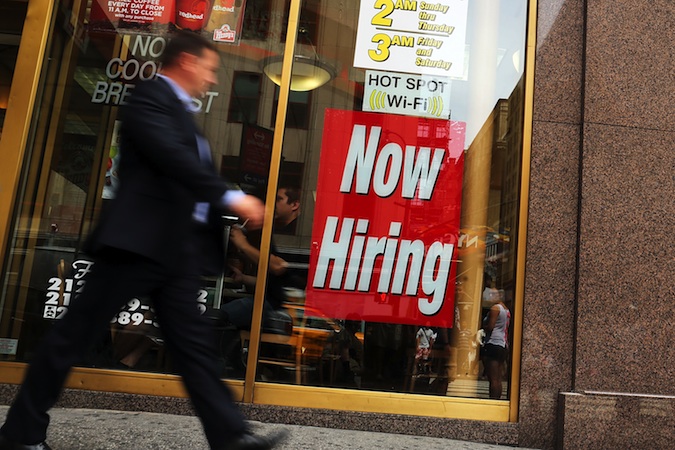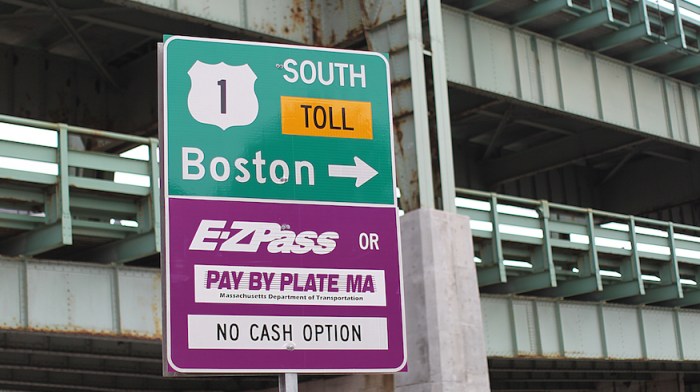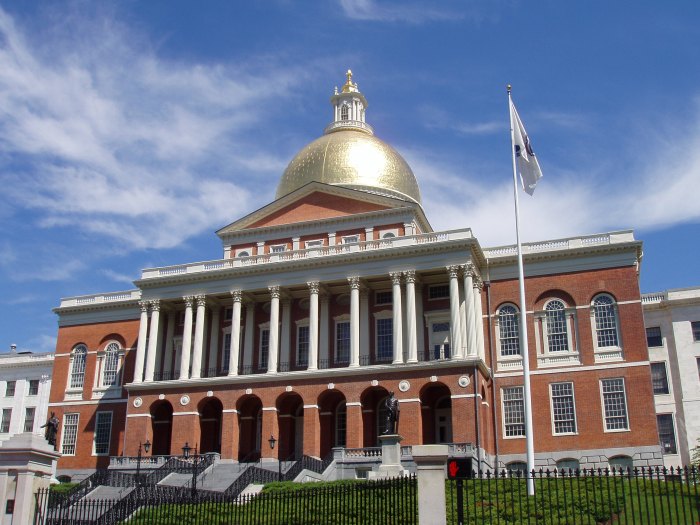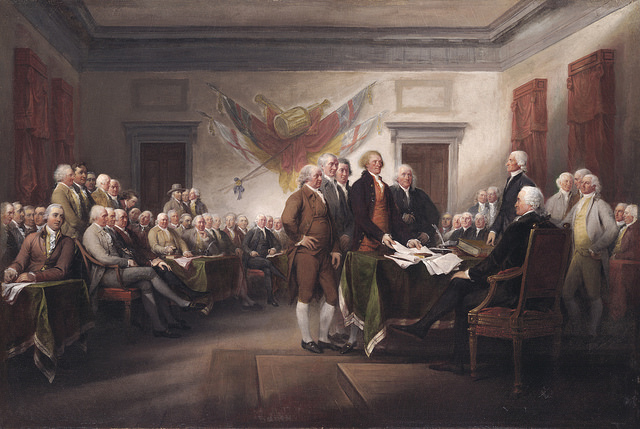At the beginning of the year, Massachusetts’ unemployment rate around the lowest it’s been in more than 15 years, with a 3.2 percent rate in January — well below the nation’s 4.8 percent at that time.
About halfway through 2017, however, the state unemployment rate has risen to 4.2 percent, just under the national 4.3 figure, according to the most recent report.
Still, there’s no cause for concern, economists say. In fact, the increase in the unemployment rate points to more good than harm.
That’s because of the way that the rate is calculated, explained Brigitte Madrian, an economics and public policy professor at Harvard Kennedy School.
In Massachusetts, both the current labor force and the number of unemployed people have grown. These numbers go into the fraction that determines the unemployment rate.
But you also have to look at another number that Madrian said often gets less attention: the number of people actually employed. This has also been increasing month over month.
“We worry more about an increase in unemployment when it’s driven by people who had jobs and are losing them,” she said. “That doesn’t appear to be what’s going on in the case of Massachusetts.”
Nearly 3,000 jobs were added in May at the same time that the unemployment rate rose to 4.2 percent. What’s happening is that more people are trying to enter the workforce who previously were not counted among the unemployed.
“The increase in the unemployment rate isn’t being driven by people who had jobs and are losing them,” Madrian said. “It’s being driven by people who weren’t’ previously working, deciding that the economy is now in good enough shape that it might be a good time to start looking for a job.”
Those people who weren’t previously working were not factored into the number of unemployed before. But not that they’re trying to get jobs, they are. We don’t yet know a lot about those people just now entering the workforce, but Madrian had a few guesses about who they may be.
It could be a secondary earner, with an employed spouse, who dropped out of the labor market when they couldn’t find work, she said. Now that the economy is better, they jump back in, Madrian said, but it can take weeks or months for them to get a jump, meaning the unemployed rate goes up.
It could also be due to the students, Madrian speculated, who recently graduated from the many Massachusetts colleges.
“In the past, they would have gone back to their home state to try to find a job, but now that economy is doing a little bit better, maybe more of them are sticking around in the area,” she said.
The gap between Massachusetts’ unemployment rate and the nation’s has also been shrinking. Massachusetts was doing “much better than the rest of the country” just months ago, Madrian said, because it wasn’t hit as hard by the recession.
“So it makes sense that as the rest of the country is coming out of the recession,” she said, “the difference between Massachusetts and everywhere else is going to get narrower, and that’s what we’re seeing.”



















